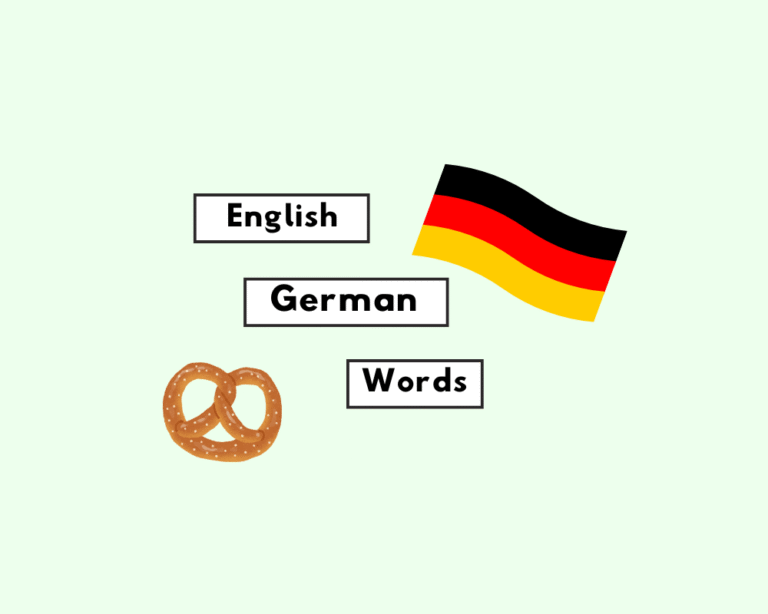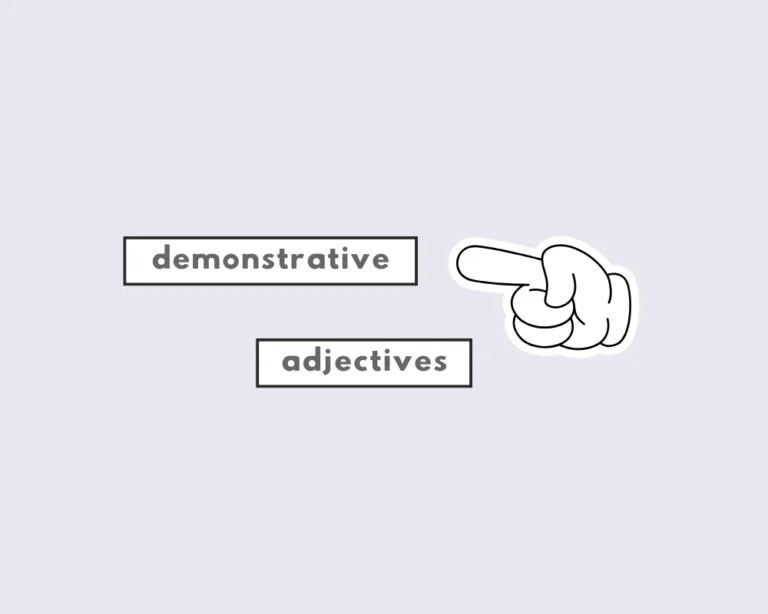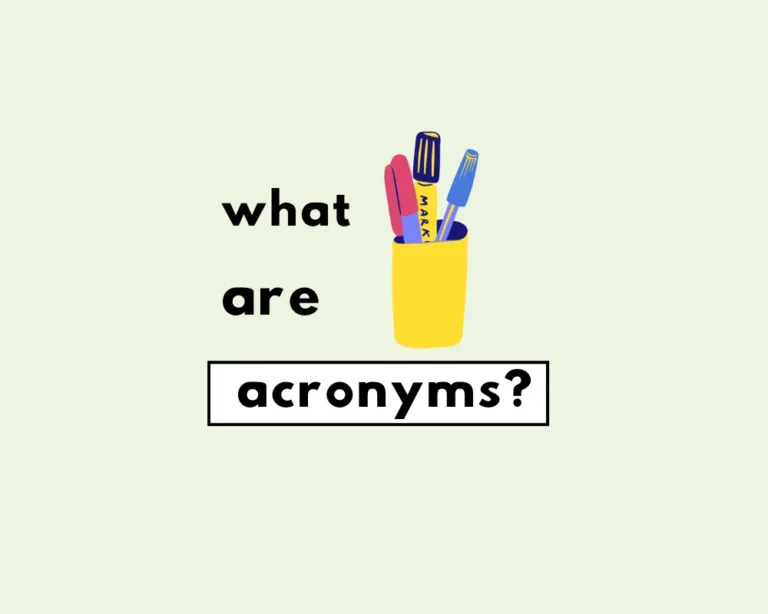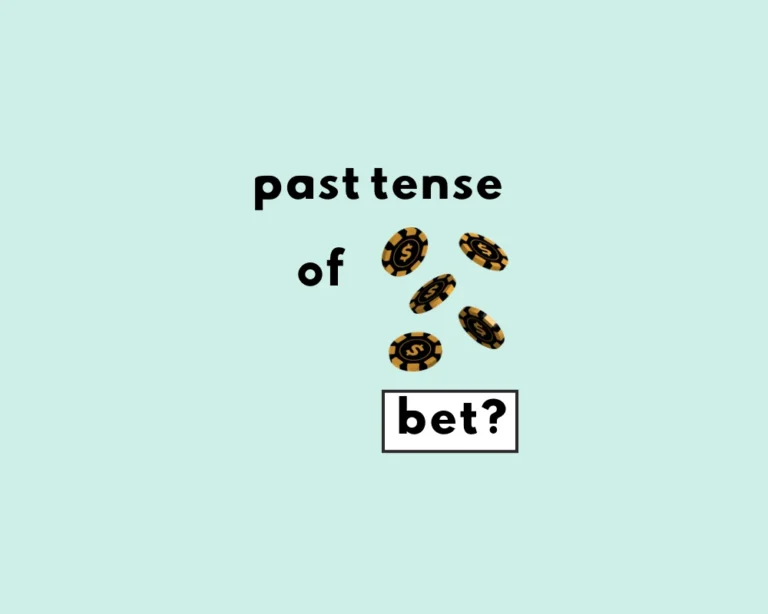What Are Adjectives?
Adjectives are words we use to describe things. They’re a pillar of language; English would be insufferable (adj.) without the iconic adj. (for short).
The diabolical plot was uncovered just in time.
The soup tasted deliciously.
English teachers typically explain adjectives as words that “modify nouns in any way, shape, or form.” The dictionary defines them this way: “Any member of a class of words that modify nouns and pronouns, primarily by describing a particular quality of the word they are modifying, as wise in ‘a wise grandmother.’ ”
We can usually identify an adjective by its suffix, which is the ending of a word:
- ful: boastful, beautiful
- ic/ical: diabolical, toxic
- able/ible: reliable, incredible
- ine: asinine, canine
- ile: facile, futile, hostile
- ive: exhaustive, extensive, productive
- al: convivial, superficial, jovial
- an: Haitain, Herculean
- ar: stellar, clear
- ent: different, competent
- ous: tedious, insidious, innocuous
- some: wholesome, tiresome, burdensome
- ant: blatant, militant
With thousands of words that are adjectives, they make up an extensive category and part of speech in English. We categorize different types of adjectives by their role and function in sentences and language.
For Adjective types, create example sentences using linking verbs like “felt” and “tasted” for descriptive adjectives and action verbs like “spoke” for adverbs.
Types of adjectives
The main categories of adjectives include:
- Comparative
- Superlative
- Predicate
- Compound
- Possessive
- Demonstrative
- Proper
- Participial
- Limiting
- Descriptive
- Interrogative
- Attributive
- Distributive
Descriptive adjectives
Also called adjectives of quality, descriptive adjectives describe or say something about a noun (i.e., person, place, or thing).
| Examples: sentences with descriptive adjectives |
| Rome is a majestic city. |
| He is an honest man. |
| She put in a sincere effort. |
In the sentences, majestic, honest, and sincere tell us something about the subject. These descriptive words provide more information and ascribe specific attributes or qualities to people, places, ideas, and things.
Proper adjectives
Proper adjectives are the adjective form of proper nouns:
| Examples: proper adjectives |
| Juan is Spanish. |
| Grammarflex is an English grammar website. |
| Let’s go to the Chinese restaurant for dinner tonight. |
Spain is a country and a proper noun. People from Spain are Spanish, which is the adjective form. Like proper nouns, it uses capital letters.
Quantitative adjectives
Adjectives of quantity, or quantitative adjectives, say how much or how little of something there is.
| Examples: quantitative adjectives |
| I ate some of my dinner. |
| There is little time to prepare. |
| You didn’t eat any of your dinner! |
While quantitative adjectives point out an amount or quantity of something, they are not the same as number or numeral adjectives.
Numeral adjectives
Numerals describe ‘how many?’ there are of something. Numerals sometimes point out the order or position (first, second, third.) Number adjectives fall into two types: ordinals and cardinals.
| Cardinal numbers | Ordinal numbers |
| one, ten, thirty, one million | first, fifth, sixteenth |
Cardinals are numeral adjectives that point out an exact or definite number: one, two, three, four. Ordinals identify position or rank: first, second, third, and fourth.
Cardinals point out an exact number or amount, whereas ordinals specify the order or position of something in a series. Ordinals typically end in either -st, -th, or -rd.
Demonstrative adjectives
Demonstrative adjectives point out specific things, and tell us which or what thing is being referenced in the sentence:
| Examples: demonstrative adjectives |
| That actor is my celebrity crush (Evan Peters) |
| Those are my shoes. |
| This is the road to take. |
Yonder also works as a demonstrative adjective! This is for anyone interested in the grammar of antiquity (who isn’t?).
Interrogative adjectives
There are only three interrogative adjectives: whose, what, and which. Interrogative adjectives are joined with nouns to pose a question:
| Examples: interrogative adjectives |
| Which book do you want? |
| Whose book does this belong to? |
| What does he do for a living? |
Comparisons vs. superlatives
Have you noticed that people like to compare things? Have you ever stopped to think about the part of language that allows us to draw comparisons? Comparative and superlative adjectives do this job.
| Simple adjective: Evan Peters seems humble. |
| Comparative: Evan Peters seems more humble than any of my exes. |
| Superlative: Evan Peters seems like the most humble guy in the universe. |
What’s the difference between these three statements? The first sentence uses the simple adjective and states that Evan Peters has the quality of humility.
The comparative compares the amount or extent to which a person or thing possesses a quality, relative to something or someone else.
| This grammar site is better than the rest on the entire World Wide Web. |
| She is smarter than he realizes. |
| This house is bigger than the last we saw. |
Superlatives make a bold claim: they say something possesses a quality or trait to the greatest extent or degree; she’s the most compulsive liar of anyone I know. A superlative usually ends in -est, and comparatives use -er suffixes.
Learn more about grammar
- What Are Pronouns? (First, Second, and Third)
- Types of Verbs (Modal, Stative, Infinitives, and Transitives)
- Types of Adjectives (Explained, with Examples)
- Parts of Speech (Nouns, Adjectives, Prepositions)
- What’s an Adverb? (Types of Adverbs)
- When to Use A or An (What’s an Article?)
- Types of Nouns (Common, Proper, Abstract, and Concrete)
Worksheet
The cake tasted deliciously/delicious.
Which word correctly modifies the verb “spoke”?
What type of adjective is “Spanish” in “Juan is Spanish”?
The sentence “The air felt crisp” uses what kind of adjective?
What suffix indicates an adjective?
The plot was uncovered.
He made a effort.
The city is .
She is a woman.
Adjectives modify .
FAQs
What are descriptive adjectives?
+
How do adjectives modify nouns?
+
What’s the difference between adjectives and adverbs?
+
What are proper adjectives?
+
How can I identify an adjective by its suffix?
+
Yash, D. "Types of Adjectives (Explained, with Examples)." Grammarflex, Jun 15, 2025, https://www.grammarflex.com/types-of-adjectives-parts-of-speech/.
Sources
Sources
-
Evan Peters
-
P.C. Wren High School English Grammar and Composition.











